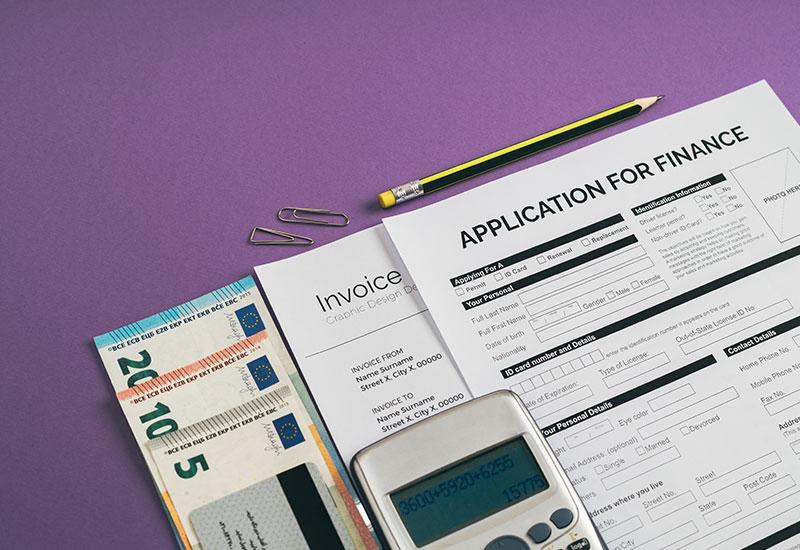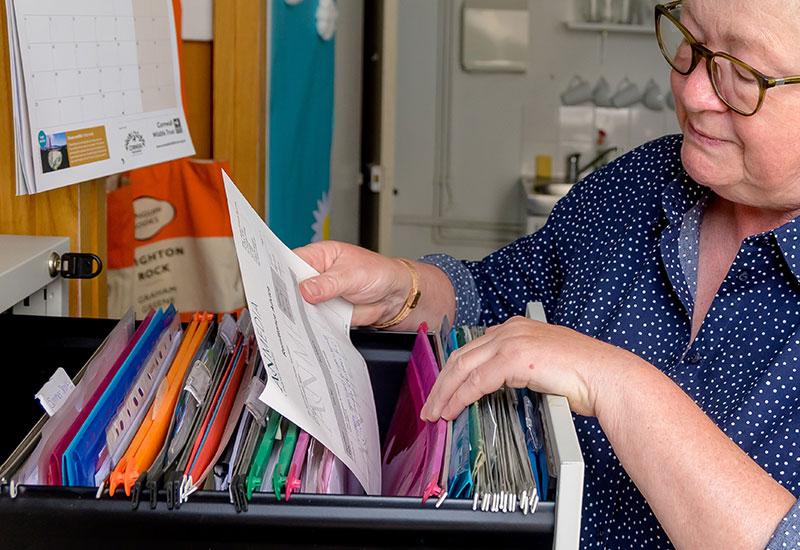Child’s Social Security Number Stolen—Prevention and Remediation

Start Building Your
Child’s Credit
Child identity theft often starts with a stolen Social Security number (SSN). This happens more often than you might think.
Realizing that someone has gotten ahold of your child’s SSN is terrifying, as the crime most likely won’t end there. The perpetrator can use it to defraud financial and government institutions, tying your child’s identity to various scams.
It’s crucial to react immediately after noticing the theft, and this guide will show you what to do if your child’s SSN is stolen. You’ll also learn how to safeguard your child’s identity in the future and why investing in professional protection might be a good idea.
Why Fraudsters Steal Children’s SSNs

Many institutions—from banks to healthcare providers—have your SSN in their databases. This isn’t the case with minors’ numbers, which remain largely unused until they reach adulthood. If someone steals a minor’s SSN, they get a blank slate they can use for many purposes, most notably:
- Concealing their real identity and evading the law
- Misusing government benefits
- Filing different claims under the SSN
- Obtaining fraudulent loans
In many of the above cases, the fraudster uses the child’s SSN to create a so-called synthetic identity by combining the stolen number with a fake name, address, and other details.
What further enables such fraud is the fact that SSNs of children born after June 2011 are randomized, so the criminal can stay under the radar for a long time. That’s why it’s important to resolve this problem as quickly as possible.
What if a Child’s Social Security Number Is Stolen?
Whether someone has directly stolen the child’s Social Security card or otherwise obtained the number, take the following steps immediately:
- Report the theft
- Request a security freeze and fraud alert
- Change the child’s number is possible
Where and How To Report SSN Theft

There are several institutions to which you should report a stolen SSN:
| Institution | How To Report Theft |
| Local authorities | Call 911 and file a report with your local law enforcement agency |
| Federal Trade Commission (FTC) | Submit a report online using FTC’s dedicated identity theft portal |
| Social Security Administration (SSA) | If the fraud has already been committed using a child’s SSN, report it to the SSA’s Office of Inspector General by filling out the online form |
Contacting your local authorities is typically the first step because other institutions might require a police report. With all the reports you file, try to provide as many details as possible, and be ready to gather various documentation, most notably:
- Primary and/or secondary identification documents
- Proof of custody (particularly important for foster children)
- The child’s Social Security card if the SSN theft didn’t involve it
When you report the theft to the FTC, you’ll get a recovery plan outlining the steps you should take to minimize the damage to your child’s identity. Make sure to follow the provided guidelines to prevent the issue from escalating.
How To Put a Fraud Alert on a Kid’s Social Security Number
A fraud alert isn’t placed directly on the child’s SSN but on the credit profile connected to it. This is done because many thefts are financially motivated, and an alert can prevent unauthorized loans.
Most children don’t have a credit profile by default, but the fraudster can create one after stealing the number to scam a lender. When you place a fraud alert, lenders take extra steps to verify a credit applicant’s identity before opening a new account.
You might also want to freeze the child’s credit profile to make it completely inaccessible to new lenders. To place a credit freeze, you need to contact all three major consumer credit bureaus:
- Equifax
- Experian
- TransUnion
A fraud alert lasts for a year unless you extend it, while a credit freeze is active indefinitely until you remove it. Note that your child can’t make legitimate credit inquiries while their credit profile is frozen, so make sure to unfreeze it when the time comes for them to obtain loans or credit cards.
Determine Whether You Can Change the SSN

The SSA sometimes allows SSN changes, but they’re reserved for the most extreme cases of fraud. You most likely won’t be able to change the child’s number only because it’s stolen—you need to prove that they’re suffering ongoing harm due to identity theft.
If this is the case, contact your local SSA office and explain the situation. They’ll likely ask for a police report and proof that you’ve exhausted all other ID theft remediation options. If the SSA decides your child is eligible for the change, they’ll guide you through the next steps and replace it.
If your child lost their Social Security card, but there’s no evidence of theft or fraud, you can request a replacement. Note that the child’s SSN will stay the same—they’ll only get a new card. There’s still a chance of someone finding the old one, so you should stay on high alert for any signs of identity theft and do your best to prevent it.
How To Prevent the Misuse of Your Child’s SSN
If you want to make sure your child’s SSN isn’t stolen again, restrict access to it as much as possible. Teach your child to leave their Social Security card at home, as there’s hardly ever a need to carry it with them.
You and your child should also beware of other ways someone can obtain the number, most notably:
- Fraudulent forms—Most institutions don’t need a child’s SSN, so make sure to verify any requests for it before filling out forms
- Online scams—Teach your child not to reveal the SSN to anyone online, regardless of who they claim to be. Scammers often use phishing and similar strategies to manipulate children into giving them the number
- Dumpster diving—There have been cases of SSN fraud involving dumpster diving, so be careful how you handle the child’s Social Security card
Besides safeguarding the child’s sensitive information, you can have it monitored by experts to lower the risk of fraud. Austin Capital Bank launched a product that can give you and your child much-needed peace of mind—FreeKick.
FreeKick—A Two-In-One Identity Protection and Credit Building Platform
FreeKick by Austin Capital Bank is an FDIC-insured deposit account that helps you protect your family’s identities while building credit for your children. Child identity theft occurs every 30 seconds, which is why investing in identity protection services like FreeKick is more important than ever.
Use FreeKick for Identity Protection
FreeKick’s identity protection service is for the entire family. For adult children and parents, FreeKick offers:
- Credit profile monitoring
- SSN monitoring
- Dark web monitoring for personal information
- Up to $1 million identity theft insurance
- Full-service white-glove concierge credit restoration
- Lost wallet protection
- Court records monitoring
- Change of address monitoring
- Non-credit (Payday) loan monitoring
- Free FICO® Score monthly
- FICO® Score factors
- Experian credit report monthly
For minors, FreeKick offers:
- Credit profile monitoring
- Social Security number (SSN) monitoring
- Dark web monitoring for children’s personal information
- Up to $1 million identity theft insurance
- Full-service white-glove concierge credit restoration
- Sex offender monitoring—based on sponsor parent’s address
Use FreeKick for Building Credit
FreeKick also offers a credit building service for children aged 13 to 25. All you have to do is take three steps:
- Create an Account—Navigate to FreeKick.bank, create an account, and choose a deposit that suits your budget
- Set It and Forget It—FreeKick will start building 12 months’ worth of credit history for your children
- Keep Growing—After 12 months, you can close the account without any fees or continue building credit for your family for another year
As a result of this minor effort, your children will have up to five years of credit activity when they turn 18. In turn, this head start will help them save $200,000 during their lifetimes by letting them secure loans on more favorable terms.
FreeKick Pricing
FreeKick has two pricing plans:
| FDIC-Insured Deposit | Annual Fee |
| $3,000 | $0 (Free) |
| No deposit | $149 |
Each plan offers:
- Credit building for six children aged 13 to 25
- Identity protection for two parents and six children aged 0 to 25
Save your family from identity theft and give them a bright financial future—sign up for FreeKick today.